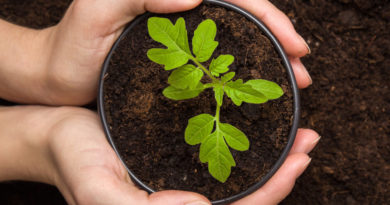A Head Gardener’s Advice for Starting a Home Garden
The Home Garden: A Growing Space is Personal
Let me quickly paint you a picture of my growing space, but before I do, don’t let it discourage you from attempting to grow your own food. You can grow food even if you don’t have any outdoor space or gardening equipment. You can grow it in an old coffee cup, or that mug you dropped, and the handle fell off. A windowsill in a flat or apartment is as good a growing space as any.
Where were we? Ah yes, my growing space! It’s at the bottom of my garden, a relatively large growing space that consists of raised beds built from pallet collars, four pieces of wood hinged in the corners, and rectangular. I bought these for a few pounds each from an online marketplace. I then used a blow torch to char the wood to protect it from the elements. It’s a Japanese technique called Shou Sugi Ban that creates a layer of carbon that deters burrowing insects and protects wood from rot.


I have a homemade small polytunnel and a small greenhouse, which is more than enough for my family to grow some of our food each year. We will never be self-sufficient, but I’m happy to provide some fresh food that I know hasn’t been flown from the other side of the world and hasn’t been sprayed with chemicals and preservatives.
Grow just one Thing
So, let me inspire you to grow one thing so you, too, can have fresh homegrown goodness. All you will need is a packet of seeds, some peas, or some cut-and-come-again salad leaves available at most garden centers, supermarkets, or online. Next, you will need a small bag of compost or coir, which you can get small blocks of and pour water on, and it expands so easy to get to any location. Finally, a vessel to fill with some compost, an old paper cup from a coffee shop, a cup with a broken handle, a margarine tub, or a pair of your kids’ old wellies. Get creative, or if you have some pots available, they, of course, will work.


So, fill the vessel almost to the top with compost, leaving about a centimeter from the top. Then sprinkle your seed or put a good amount of peas, as each pea is a pea shoot, and the more, the better. Then, cover the seeds with a sprinkle of compost or a covering if you are doing peas. Place your vessels in a sunny spot inside and keep the compost damp; in a few days, you will see life!
You can start cutting and eating the salad, pea shoots, or both in about two to three weeks. Here’s the crucial part: the plants should regrow once cut, but just to be safe, sow some more (you will still have seed from your packets) in another vessel. Then, in a few weeks, you will have more!
It’s as easy as that, and I guarantee you that once you get the bug, you will try out many different varieties and take over more windowsills with your edible plant goodness.


For more tips and tricks and growing advice, follow along on Instagram or TikTok; you will find me @gardeneriddler, or tune into my podcast, ‘Through The Garden Gate,’ available wherever you get your podcasts.




